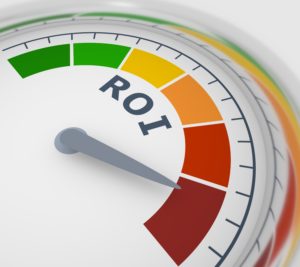Switching fuel suppliers can often feel like stepping into the unknown, filled with questions, reservations, and, let’s face it, a tad bit of anxiety. But, as the saying goes, “change is the only constant,” and sometimes a change is exactly what your business needs to grow to the next level.
Maybe you’re looking for better pricing, more reliability, or a supplier more aligned with your company’s goals. Whatever the reason, making the transition doesn’t have to be a headache-inducing process. Let’s walk through some best practices to ensure your switch is as smooth as possible.
8 Steps to Transition to a New Fuel Supplier
1. Audit Your Current Contract and Requirements
Before you can leap, you need to look. Assess the terms of your existing contract to identify any exit clauses, penalties, or notice periods. Understanding your current commitments will give you a roadmap for the timing and financial aspects of the transition.
2. Define Objectives and Criteria
Be crystal clear about what you want from your new supplier.
- Is cost your primary concern?
- Or is it quality, sustainability, or technology integration?
Once you’ve nailed down your objectives, create a list of criteria your new supplier should meet, serving as a guiding light during your search.
3. Market Research and Due Diligence
Don’t settle for the first alternative that comes along. Research multiple suppliers, check their reviews, and get recommendations if possible. Compare them against your criteria and scrutinize their track record, financial stability, and reputation in the market.
4. Evaluate Offers and Negotiate Terms
Once you’ve narrowed down your options, it’s time to get into the nitty-gritty. Solicit quotes, analyze pricing models, and review contract terms.
5. Plan the Transition Timetable
A well-thought-out timetable can be the linchpin of a seamless transition. Coordinate with both your current and new suppliers to establish key milestones, such as the last delivery from the outgoing supplier and the first from the incoming one.
6. Communicate with Stakeholders
Any change in your supply chain will affect multiple departments—operations, finance, and logistics. Keep everyone in the loop and establish a channel for open communication, ensuring that all teams are aligned and prepared for the switch.
7. Test and Monitor
Your first few weeks with the new supplier will be crucial. Conduct quality checks, monitor delivery timelines, and measure performance metrics to ensure that the transition is delivering the expected benefits.
8. Review and Optimize
Finally, after a reasonable period, conduct a comprehensive review.
- Are you meeting your objectives?
- Are there areas for improvement?
Use this feedback loop to continually optimize the relationship with your new supplier.
Pave the Way for a Successful Future With a Smooth Transition to a New Fuel Supplier
Switching to a new fuel supplier is not just about escaping challenges but embracing new opportunities for growth and efficiency. The key to a successful transition lies in meticulous planning, open communication, and ongoing evaluation.
At Diversified Energy Supply, we pride ourselves on being more than just a vendor—we are your strategic partners in growth. If you’re contemplating a change in your fuel supply chain, let’s talk. We’re here to make your transition not just smooth but extraordinarily advantageous.
After all, we’re in the business of solving challenges. Your next opportunity for success could be just a conversation away.








